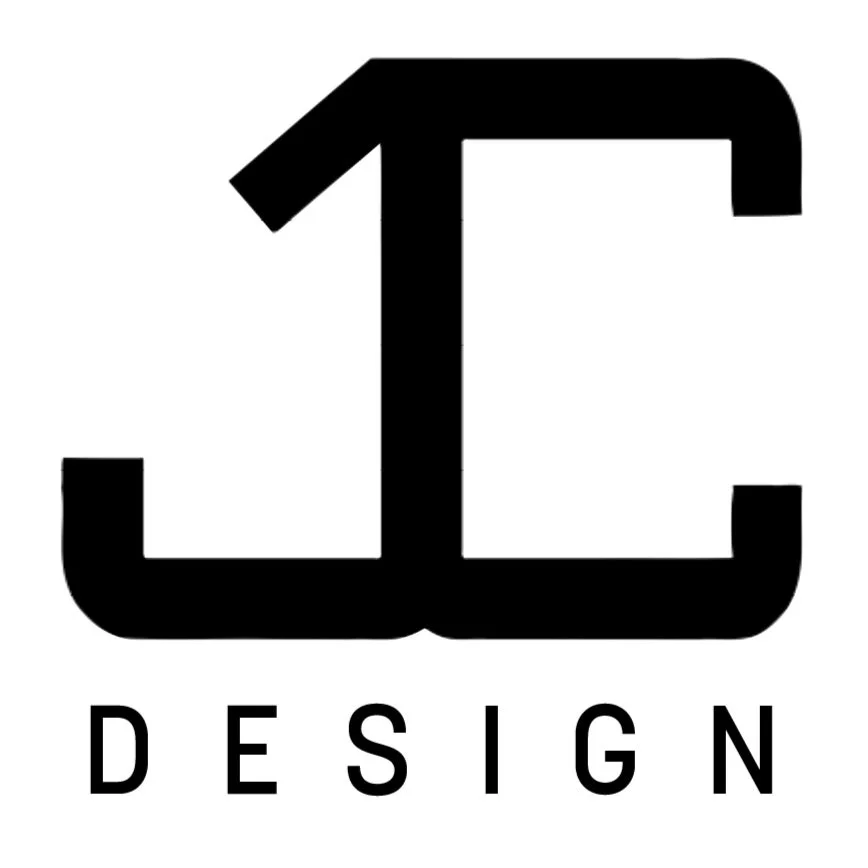Areas of Expertise
Sustainability
Design
Operations
Data Analysis
Biology
What I learned about my design philosophy I learned from trees.
A fully matured Douglas Fir pine tree will grow to be 120 feet tall and live for 600 years. It will stand in the forest, taking nutrients from the soil, and sharing its success with countless forms of insects, birds, and fungi. And then, one day, it will crash through the forest, creating a clearing where its body will decay, and everything it took over its life will return to the earth. New seedlings will root themselves in this rich soil, and the process will begin again. We are not like the douglas fir. We do not share our success with the world in life, and we rarely do so in death. We have made it exponentially easier to be a human and exponentially harder to be a bee.
This is a problem. It is entirely unsustainable, and it is not isolated; it is systemic. This is a design problem. As a biologist, I could change the way food is grown, or the way materials are created, but I could not change the way people interact with them. Things are grown and built and assembled and shipped and consumed and trashed, and at each and every one of these steps, there are opportunities to incorporate sustainability. As designers, we must fundamentally shift how we interact with the things we build, and we must fundamentally shift how these things interact with the world.
We must design a future that is not only sustainable but accessible. I believe that the best way to accomplish this is to shift our focus from product to materials and energy. We need a materials and energy revolution that rivals their petrochemical counterparts in both function and price, and in order to do so, we must start thinking in systems. We have to start at a single point and expand to all of the possibilities before narrowing in on a singular solution because oftentimes, sustainability can be deceptive. A battery is a more sustainable idea than a gas tank, but if they’re both made from materials mined beneath the ocean, they do not exist in sustainable systems.
As a designer, I have faced a harsh reality; by and large, people don’t care about being sustainable. And in a way, this makes sense; being sustainable is not something you can reach out and touch. The birds will not flock to your shoulders if you bring your own mug to a coffee shop, and the sea will not part ways for your battery-powered vehicle. The reward of sustainability is longevity, and consumerism is notoriously short-sighted. But what we’re selling is not sustainability. It’s things. It’s services. We do not need to make things that are better because they’re sustainable; we need to make better things sustainably.
We need to be like trees.
Email
jakecrahan@gmail.com

